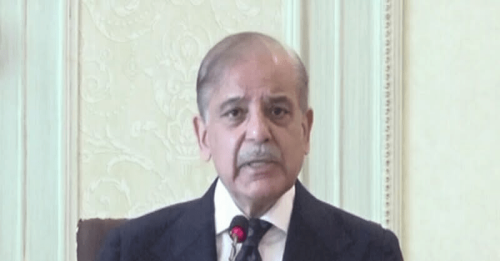THE concept of the sacred (muqaddas) means ‘sanctified’ due to association with holiness and religious veneration. The sacred evokes a lot of mystery that needs to be reflected upon to better understand its meanings. Often associated with faith traditions, the notion of the sacred is a concept that goes back in antiquity, found in many parts of the world. Statues, or artefacts, though created by human hand, once placed in a sacred place may even command respect and veneration, often assuming the status of the ‘sacred’.
The word ‘sacred’ refers to anything which transcends the humdrum of everyday life that typically takes the form of collective representations which are set apart from society (spiritual places such as mosques or churches are the most obvious examples of sacred spaces). As French sociologist Emile Durkheim put it, “anything can be sacred (or rather, a society can determine that anything is sacred): there is nothing in any object or action that makes it inherently sacred: anything can be sacred: not only churches, mosques, and religious books, but in some cultures, trees, or even rocks may be regarded as sacred”.
This argument leads one to believe that the idea of the sacred is not given by any authority as such, but actually it is a human process whereby a certain community grants the status to something it venerates. Therefore, if a place of worship is demolished, we build another one over it and give the same regard to it. Sacredness is also described as something that is “… considered worthy of spiritual respect or devotion; or inspires awe or reverence among believers”.
Many world faith traditions have numerous holy personalities, sacred places and artefacts they cherish and venerate. But they are not always shared by other faiths. A Jewish believer, for example, may revere the Western Wall; a Christian, the Edicule (known as the Tomb of Christ); a Muslim, the Holy Kaaba; a Hindu, Varanasi; a Buddhist, Bodhgaya; a Sikh, Kartarpur Sahib.
Each faith community owns diverse symbols of veneration.
So, there are no universally accepted personalities, places or things that all revere as ‘sacred’. Also, within the same faith, there may be many personalities, places, and artefacts that are particularly sacred to that community, but not necessarily to others. Each tradition justifies its ‘sacred’ tradition by referring to stories, sacred books, and beliefs.
A recent personal communication with a friend visiting some of the holy places of his faith tradition in a neighbouring country articulated his experience in these words, and I quote: “… it was an exhilarating experience. It was truly a divine experience; it is difficult to describe in words. … The spiritual peace I felt … (It was instructive to experience the) cultural differences and similarities with (similar places of) our … neighbour”. The italicised words and phrases highlight the key points of the discussion.
Let me highlight one particular phrase, that is the ‘neighbouring places’ of a different tradition being similar, as well as, different. ‘Neighbour’ in Urdu has a very apt equivalent, ie, ‘hum saaya,’ meaning, self-shadow. Traditions other than our own are similar in many ways and different in others. While similarities are instructive, it is often the differences that enrich us more about others’ traditions and sensitise us more deeply about our own tradition, provided these are seen positively, constructively, and empathetically.
The sacred personalities or places have a history, a tradition, a story, or even a myth, that makes it ‘meaningful’ and ‘relevant’ to the community concerned. Outsiders (of that tradition) do not necessarily have any such experience or meaning attached to it; they are unable to see the same meanings in them. The value of these sacred places is not so much in their real or oral history but it is the way the believers ascribe ‘meanings’ to these venerated objects.
Significant in this regard is the fact that each sacred place or object is not an island unto itself but is interrelated. One sacred artefact is a mirror through which other histories could be related to, and learnt from. This is why Unesco regards many historical places as ‘human heritage’, and rightly so.
Each faith community owns diverse symbols of veneration. Learning more about diverse traditions helps understand our own traditions better as we, humans, are deeply interconnected, as sacred books, such as the Holy Quran (49:13) and poets (such as Sheikh Saadi) tell us. If beauty is in the eye of the beholder, the sense of the sacred is in the minds and hearts of those who revere it. A believer’s experience of a sacred person or place may spur transformative moments, making the person a Buddha or Rumi of their time.
The writer is an educationist with an interest in the study of religion and philosophy.
Published in Dawn, October 27th, 2023












































Dear visitor, the comments section is undergoing an overhaul and will return soon.